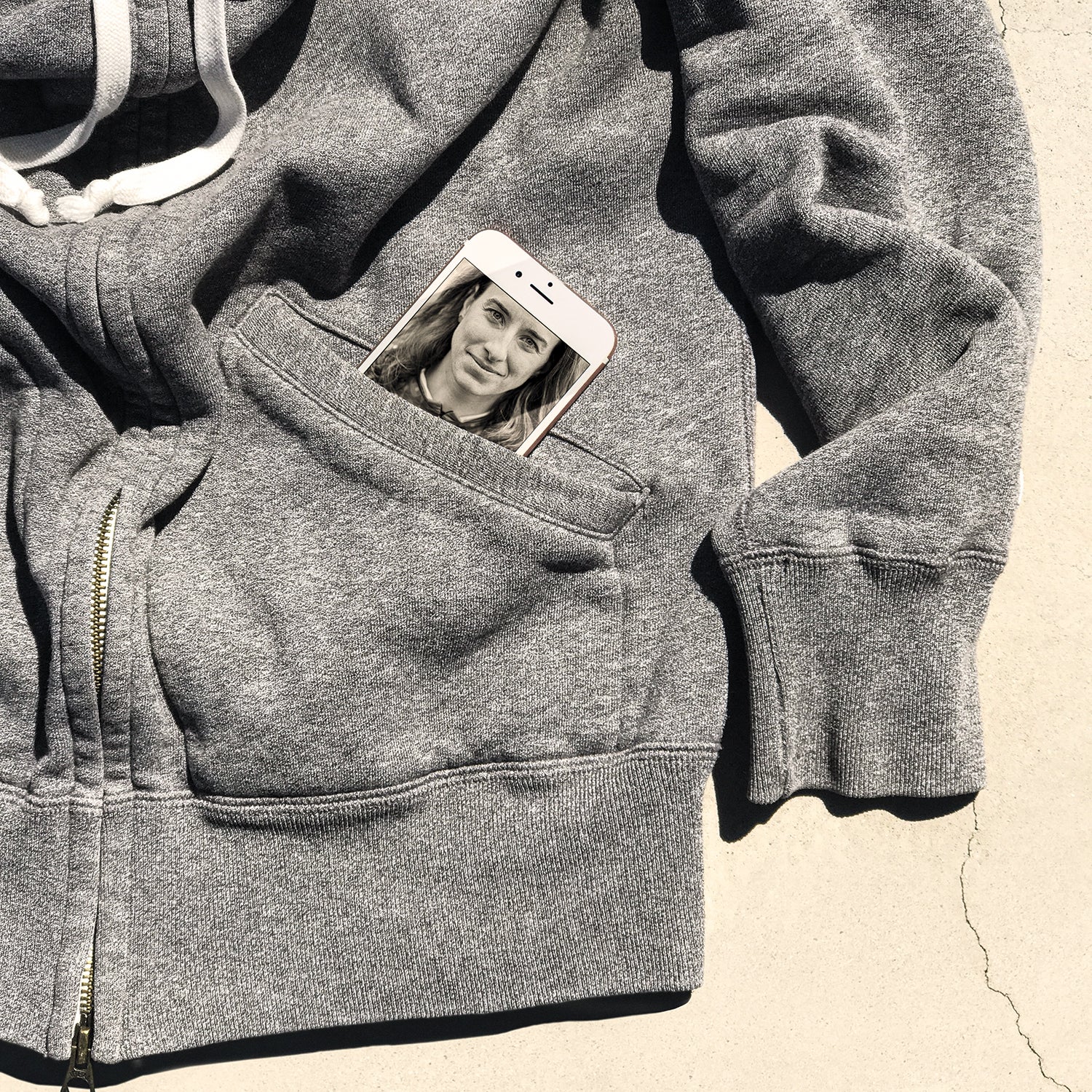I’m biking as fast as I can down a mile-long ribbon of singletrack in Utah’s Wasatch Mountains, navigating roots, lips, a miniature rock garden, and an abundance of turns—everything from big, swooping corners and twisty hairpins to fall-away berms. My breathing is heavy as I try to maintain my pace. When I arrive at the bottom, I check my time: a solid three minutes and 13 seconds, for an average speed of 17.8 miles per hour. But I want to go faster. And in a week or so, I absolutely expect to.
The day before, I downloaded , an app that lets duffers like me get personalized tips and advice from world-class athletes and coaches. Users upload a 20-second video of themselves doing their activity of choice, then choose an expert to work with. The app can connect you to professionals in a range of different sports, including Alex Ferreira, a freestyle skier who won silver at the 2018 Olympics; Steven Nyman, a veteran World Cup ski racer and Olympian; and Shaun Murray, a member of the Wakeboarding Hall of Fame. Ask a question, and before long they respond with advice. The average price for a two-and-half-minute instructional video? Twenty bucks.
Using video for remote coaching is by no means a novel idea. For more than a decade, elite tennis players, golfers, and track and field athletes have relied on it to improve their serve, swing, or stride. In the past few years, video-analysis tools from online platforms such as and have made the process even easier. Then, last year, Willie Ford, formerly of the helmet and goggles manufacturer POC, saw an opportunity to deliver the same kind of instruction to amateur athletes. The result was Givego. “It lets anybody have cheap, easy access to coaching, and at the same time provides income to struggling professional athletes, helping offset training and travel costs,” Ford says.
To get started, I uploaded a video of myself riding to the Givego app and then connected with my coach, Lea Davison, a two-time Olympic mountain biker and world champion medalist. I wanted some tips to help with my downhill cornering. “You have picked the hardest and most complicated skill in mountain biking to improve on,” Davison responded. “Every mountain biker can always improve their cornering.”
She went to work on my clip like a Monday Night Football analyst, freeze-framing the footage and drawing circles and arrows to help explain what was going wrong. Basically, I needed to do a better job of tilting my bike from side to side as I rode. I asked Davison if she could offer a progression of moves to practice. She sent me to a soccer field (a safe place to crash) and told me to tilt the bike with each pedal stroke until the saddle hit the inside of my leg. “The arm on the outside of the turn should be at 90 degrees,” she said. “The arm on the inside should be straight.” It was great to have a specific drill to work on.
My sole complaint about Givego is that you are allowed only a single follow-up question, and no longer than 250 characters. But it’s better than nothing. “Online coaching isn’t a cure-all, nor is improving performance always a straightforward matter of getting feedback from an expert,” says Blake Bennett, a professor at the University of Auckland who specializes in coaching. “But having an opportunity to get a few minutes of targeted advice can be helpful.”
I practiced cornering for a week and felt like things were starting to click. So I decided to record a second video and send it to Davison. “I do see some improvement,” she replied, noting that my outside-arm angle was closer to 90 degrees and my inside arm was more properly extended. But was I faster? I headed back to the trail and booked it. My time: two minutes and 53 seconds, for an average speed of 19.9 miles per hour. I liked how I felt on the bike and was pleased with my progress. What’s more, getting better is addictive. I look forward to uploading another video and trying again.


